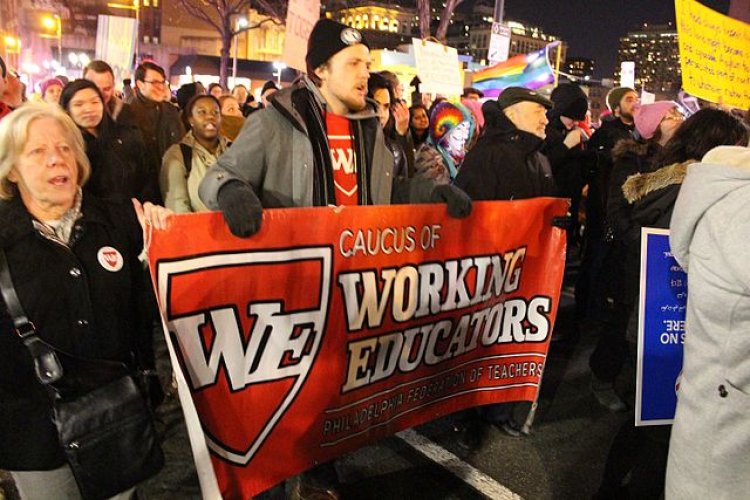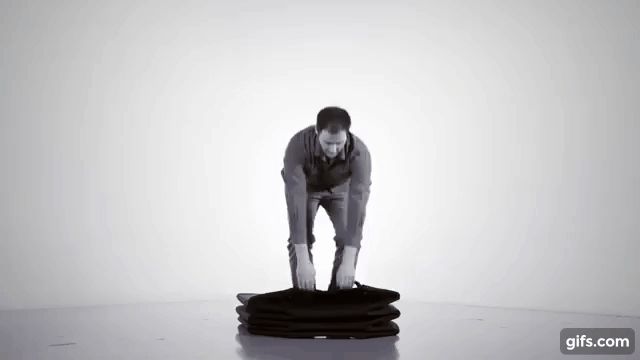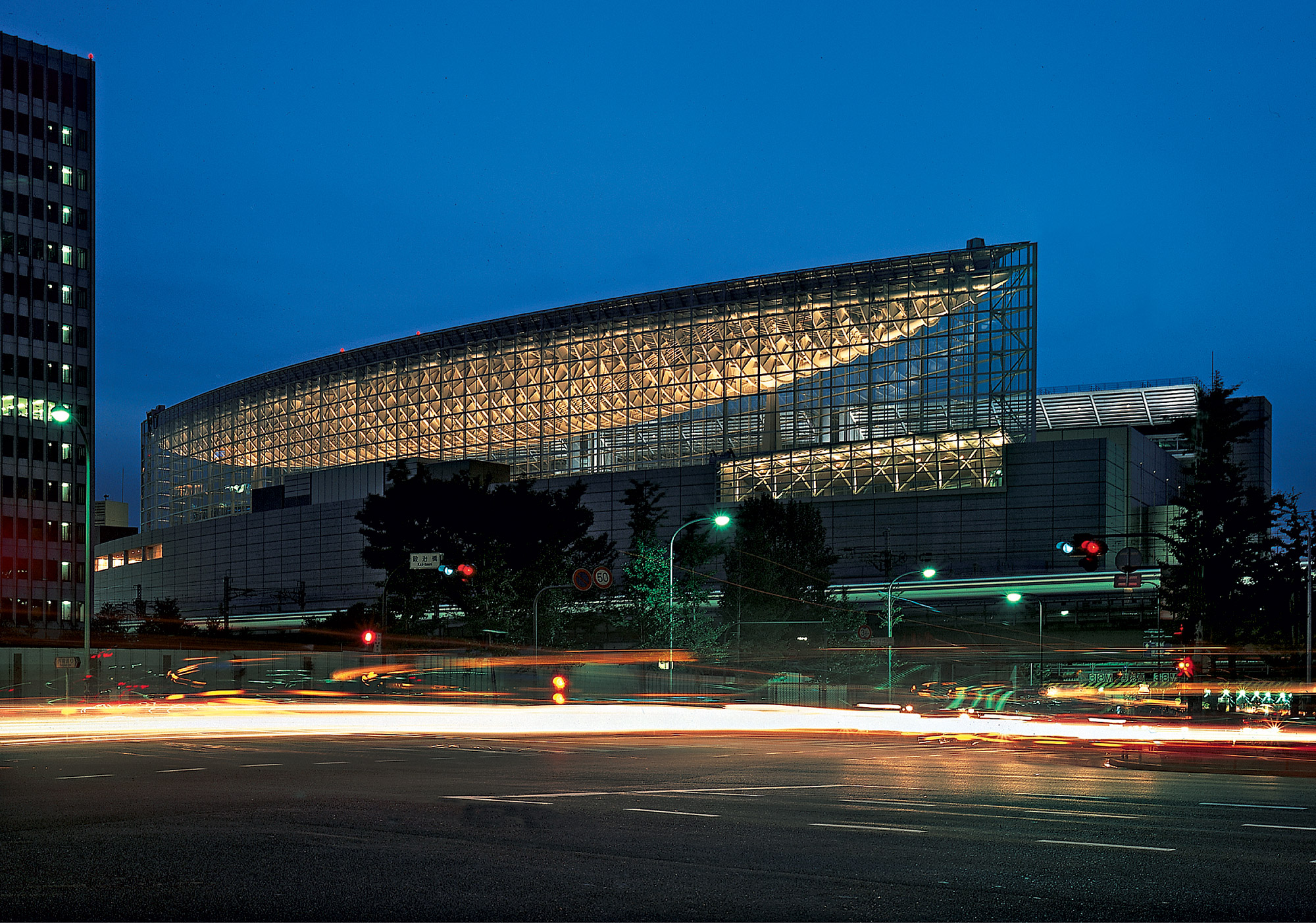Education In America: Should We Reform Or Replace?
We must recognize that we already have the power, and need simply to reclaim it. We do that by making our demands known to officials and legislators, beginning with school boards, city officers, county officers, state legislators, and representatives. We reclaim our power by creating the institutions we want without asking permission. We don't even need forgiveness. We need faith, courage, and a willingness to stand firm in our convictions of what is right and tr


“For practice God made idiots. Then he made school boards.” Mark Twain
The new school year is not so far away. Already one sees displays of school supplies at Walmart. School buildings are being prepared for the new classes – some new paint, parking prepared for teachers and staff, supplies inventoried and new supplies on order. All this activity organized around a paradigm of education that is in large measure, only about a century old.
We didn’t always have public schools. People educated their children at home, some acquired a practical education working with parents or as apprentices to those with particular skills. Some families pooled resources to hire tutors or other teachers for small groups of children. It wasn’t until around 1918 that elementary education was mandatory across the land, and in 1954 that public schools were opened to all races.
The industrial model
Born of the industrial revolution, and the novel ideas of mass production and uniformity of product, public schools were modeled on factories where raw material was transformed into final products, consistent in form and function. If it could work so well for industry, why shouldn’t it work equally well to provide a basic level of education for the unformed potential of children?
Not everyone was in favor of public schools. Aside from objections to the industrial model, some anticipated that public schools would become centers for indoctrination rather than education. The proponents of such schools were dismissive of those concerns, claiming that such transform of education would never happen.
They were right
As a consequence, we have Critical Race Theory, white fragility, gender fluidity, LGBTQ+ training, climate “science”, the virtues of Socialism and the evils of Capitalism, and many other trendy topics being passed off as education, often to the neglect of fundamental skills in reading, writing, math, critical thinking, and other essentials.
There is a tendency to think that this model of public education is all we have. Yes, there are some homeschooled children, but that isn’t for everyone. The best minds in education tell us that these public schools are the best we can do and that if some children exit the system lacking even basic skills, that just shows that we need more money for teachers and resources to support a system that has worked for the last century.
A current concern is the amount of power given to the Left, through its domination of teaching materials and methods, to shape the thoughts and attitudes of those entrusted to public schools. This is just the concern of those early objectors to the institution of public schools. The question that faced them then, as it faces us now, is what alternative is there?
As it turns out, there are some very powerful and effective alternatives available today that did not exist then.
If education is being misused to indoctrinate rather than teach, and to grant power to a power-hungry Left, then we need to pull the plug on the system, turn off the power switch and return focus to where it belongs. There are enormous political ramifications to consider, but before we get into that aspect, let us look at some of what could be done.
Use the Internet
Perhaps the greatest tool available today is the internet. “We tried internet-based schooling during the pandemic: you might say, “and it didn’t work”. No and yes. No, we didn’t use the internet at all effectively, and yes, that bastardized attempt did more harm than good. So what did we do wrong, you might ask.
We took the public school model of a teacher at the head of a classroom of twenty or thirty students and recreated that model with a teacher in front of a camera lecturing the same twenty or thirty students in front of their own computers. We forgot that the classroom environment includes interaction between students, as well as with a teacher. Those student interactions are as important to learning, if not more so, as the teacher’s lecture. The attempt to translate a suboptimal classroom model to an even more limited one directional restricted interaction model was guaranteed to fail, and fail it did.
To see how to use the internet properly, we need to keep a couple of thoughts in mind. First, kids like to learn. Our current system usually knocks that enjoyment out of kids by the third or fourth grade, if not earlier. If you doubt, look at how much effort kids put into learning the intricacies of online games, or of so many other things they find of interest.
Why kids learn
Kids like to learn because it gives them increased control of their lives. The more they learn, generally the more things they can do for themselves. Knowledge gives them personal power. Me do, me do is a common refrain almost from the first time they learn to talk. Public schools operate on the premise that such a desire can be managed in an orderly way and channeled along predetermined paths that follow a specified curriculum at a controlled pace. Good luck with that!
At this rate…
A second thought to keep in mind is that everyone learns at different rates. The current industrial model of public education assumes that a standard rate of learning can be forced on children based solely on their age. Standard raw material in, standard product out. Unfortunately, there is actually a wide range of learning rates based not only on age, but also on subject matter, social factors, background, parental support, and environment, among other things. What happens in public schools is that the slowest learners set the pace for the entire class. No child left behind means that every child is held back.
What we once had
I was fortunate to grow up in a time and a part of the country that both encouraged independent learning, and that valued education over indoctrination. I look at my parents, though, and realize that in many ways their education was superior to my own. Mom graduated from a rural school in a class of 13. Dad had to quit school in eighth grade to help support his family and later took correspondence courses in key areas. Their experience reflects what were often common themes in their generation – a generation born in the time around the first decade or two of the 20th century.
What was different then? For one thing, public schools as we know them today were not common. Many people of that generation were educated in what we call one-room schoolhouses. Rural families would join together to hire a teacher for their children and provide a small structure to serve as a classroom. Children of all ages would be brought together instead of being segregated by age. This commingling of ages had an interesting effect.
First, students had greater autonomy in their education, as the teacher seldom had time to do more than provide general lessons and had to depend on students to implement the details. Second, it facilitated students learning at their own pace. More advanced students could listen ahead to the lessons for older students, while others had the opportunity to review unclear material as it was presented to younger students. Furthermore, students were encouraged to help each other which created the opportunity to learn by teaching.
The result was that in spite of a challenging physical environment, these students often received a more comprehensive education than later generations. The McGuffey reader series was typically the foundation of reading, and the third and fourth-level books of that series would challenge most high school graduates today. Even those of us who grew up with Dick, Jane, and Spot are often amazed at the level of challenge that our parents took for granted and mastered.
And this is relevant how?
While we are unlikely to return to the days of one-room schoolhouses, we have the Internet where we can provide the opportunities for individual pacing as well as the instructional and social interactions that augment and facilitate the more formal subject matter instruction. Instead of attempting to implement a flawed version of an already suboptimal industrial education model, we can take advantage of a huge array of resources to completely reform and replace the current indoctrination system that is being passed off as education.
We don’t have to start from scratch. The home school providers have been working on these problems for years. They have produced an awesome array of materials for all ages from kindergarten to high school. Unlike public schools where there is a captive audience and few performance requirements, providers of home school resources actually have to deliver results or go out of business. Their products must not only capture the interest and attention of students but must also be effective in actual education. The result is an approach to education that typically delivers results far superior to those of public schools.
A pandemic pause
With all the negative things that came from the Covid lockdowns, there was one positive. We had a chance to slow down and think about what was important. We also had a chance to see what sort of education our public schools were providing – often leading to an appalling realization of just how far and in what manner our children were being indoctrinated in things we would find abhorrent. All too often we learned that we had been turning our children over to a system that not only did not share our values, but that was promoting actual hatred for our heritage and all that we held dear.
This situation has prompted many parents to participate in local school board meetings where curricula are frequently vigorously discussed, and where the truth of the quote from Mr. Twain is often painfully obvious.
By implementation of the multitude of alternative education opportunities including charter schools, the homeschool paradigm, parent-organized community schools, and others, we can bypass the system entirely. Our children can get a better education in subjects that are of real utility, without the value subversion so deeply embedded in our current public school system. Our public schools may get a surprise this September when they count enrollment.
The Empire Strikes Back
Teachers’ unions are among the largest and most powerful in the nation. Any reduction in public school expenditures is a great threat to them and will provoke a strong reaction. If alternative education systems make significant inroads in student enrollments, we can expect teachers’ unions to lobby for laws making alternative systems illegal. This has actually happened in some areas of the country, and we should expect it to spread more widely.
On the other hand, taxpayers whose taxes support public schools resent having to pay for teachers who have no one to teach, so there is a balancing force. Of late, there has been substantial interest in voucher systems and their equivalents where tax dollars follow the student wherever they get their education. These are also threats to teachers’ unions. Teachers are, after all, important and entitled to be paid even if they have no students. If taxpayers were to deny funding, some of those teachers might actually have to find alternative employment. Outside of education, where else can a green-haired, nose-ringed, genderqueer, Marxist climate activist with minimal useful skills find employment? Better they should be passing on their “values” to our children – not!
Power to the people
Public schools have given great power to the Left through their infiltration and domination of education systems. At least two generations, and more have been indoctrinated in philosophies and modes of thought that are antithetical to the values and philosophies that have made America exemplary and strong.
By teaching mis- and disinformation about our founding, our history, about race relations and ascribing negative motives to some of our greatest accomplishments, they have managed to paint a picture of America as an oppressive, exploitative, bigoted, and imperialistic nation responsible for most of the current world’s problems.
Until recently, the magnitude of this propaganda effort was not fully realized. We felt secure in the idea that a simple honest examination of history would be sufficient to counter the lies and distortions of the Left. Unfortunately, honest histories have become hard to find, and have been buried in the alternative historical fictions the Left has been promoting as “the true truth”.
Time to unplug
By adopting education alternatives to public education, we can unplug the Left from this power source – kill the switch, turn off the light, and return these lies and distortions to the darkness from whence they came. We do ourselves no good service by continuing to support those who hate us and our country, and who would use our tolerance and goodwill against us. We have no obligation to give them our children to sharpen as knives to stick in our backs.
Socialists centralize things to consolidate and increase their power. The centralization of power in public schools has greatly benefited them. By decentralizing education, we remove their power and remove one of the principal tools they have to use against our entire culture. By decentralizing education we return power back to the people, where is legitimately belongs.
This is not a matter of asking the Left to give us back the power they have usurped, because they have no interest in us having more power. We must recognize that we already have the power, and need simply to reclaim it. We do that by making our demands known to officials and legislators, beginning with school boards, city officers, county officers, state legislators, and representatives. We reclaim our power by creating the institutions we want without asking permission. We don’t even need forgiveness. We need faith, courage, and a willingness to stand firm in our convictions of what is right and true.
The value of competition
If nothing else, competition will force change in public schools, where they will need to be more responsive to the wishes of parents, and to the needs of students. There will be more transparency in teaching materials and methods. Those who try to go against parents will be removed.
By taking back education, we remove one of the major pillars supporting Leftist efforts to transform our society and culture. This process can happen swiftly, even in a matter of months. This is far faster than the decades of effort put forth by the Left to infiltrate our schools.
Back to the future
Although I have written about elementary and secondary education in this article, there is much more that can be done at college level. Even more than at lower levels, we can pull the plug on Leftist control of higher education, while at the same time making it both less expensive, as well as eliminating the indoctrination aspects that cause so many problems throughout society. Reform of post-high school education will be a topic of a future article. Stay tuned!
By David Robb
David Robb is a regular contributor to The Blue State Conservative and a practicing scientist who has been working in industry for over 50 years. One of his specialties is asking awkward questions. A large part of his work over the years has involved making complex scientific issues clear and understandable to non-specialists. Sometimes he even succeeds.
Enjoy HUGE savings at My Pillow with promo code BSC
The views and opinions expressed in this article are solely those of the author and do not necessarily represent those of The Blue State Conservative. The BSC is not responsible for, and does not verify the accuracy of, any information presented.
Notice: This article may contain commentary that reflects the author’s opinion.
Featured photo by Seth Goldstein, CC BY-SA 4.0




















